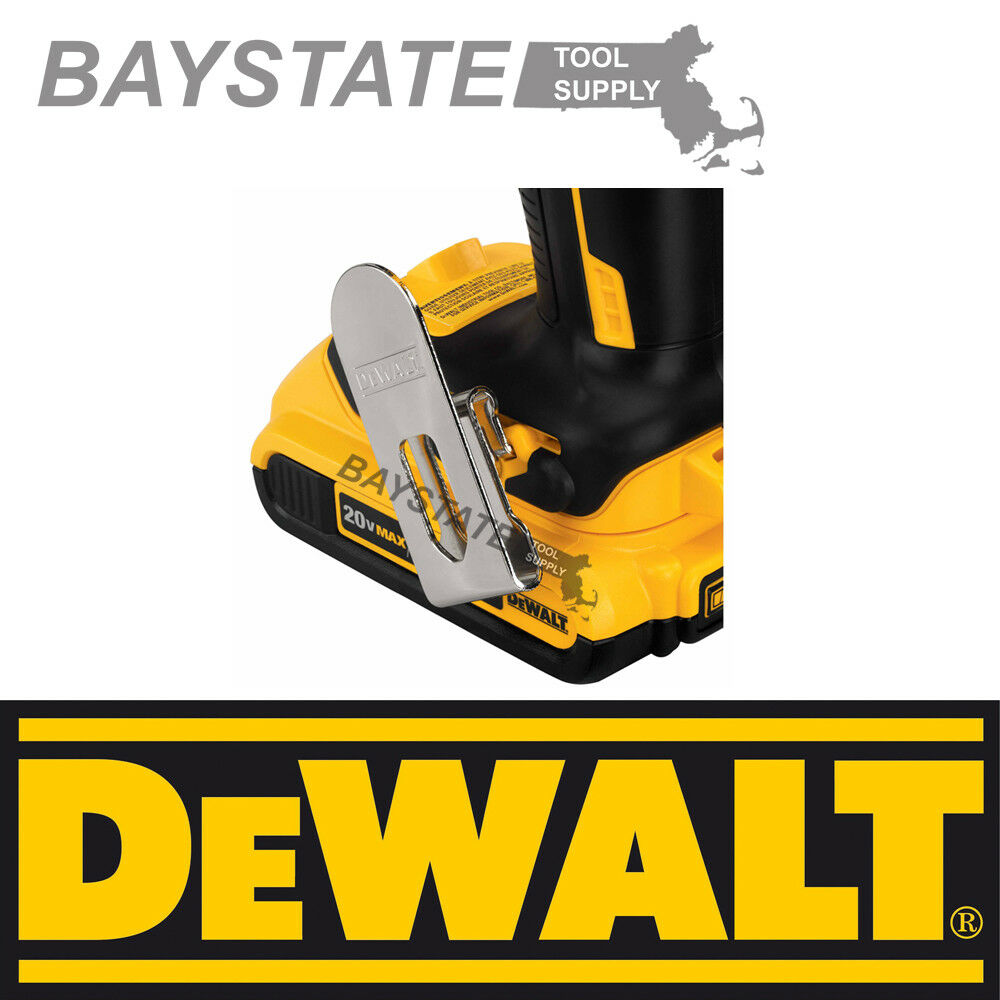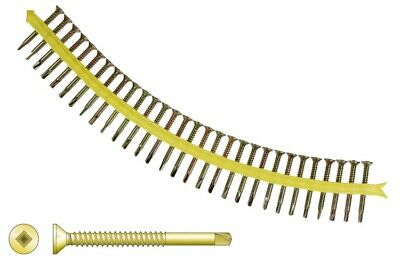-40%
Milwaukee 6754-1 Magnum Screw-Shooter
$ 13.19
- Description
- Size Guide
Description
Milwaukee 6754-1572-48400 Magnum Screw-Shooter
RPM:
0-4000
Amps:
5.5A
Volts:
120V
Operating Instructions
Removing and Replacing the Quik-Lok® Cord
For instant field replacement, Catalog No. 6755-1 features the exclusive MILWAUKEE Quik-Lok® Cord.
1. To remove the Quik-Lok® Cord, turn the cord nut 1/4 turn to the left and pull it out.
2. To replace the Quik-Lok® Cord, align the connector key-ways and push the connector in as far as it will go. Turn the cord nut 1/4 turn to the right to lock.
Adjusting Locater Assembly:
Inserting Bits (Fig 1.)
1. To insert Bit Holders and Bits, unplug tool. Remove Locator Assembly by pulling it away from the tool.
2. Push Insert Bit into Bit Holder until it snaps into place. Then push Bit Holder into nose of the tool until it snaps into place.
3. Push Locator Assembly until it snaps into place.
Adjusting Locator Assembly (Fig 2.)
The Locator Assembly controls the driving depth of your tool. MILWAUKEE Drywall Driver features a pop-off Locator Assembly with a one-handed depth adjustment. Depth adjustments can be made easily and quickly by using one hand to turn the Locator. Detents inside the Sleeve "lock" the depth you have selected with the Locator.
Start with about 1/16" clearance between the head of the screw and Nose with the clutch disengaged as shown. The detents on the inside of the Sleeve represent different depths. Every two clicks of the Locator equal 1/64". Continue adjusting the Locator until you reach the depth needed for your job.
1. To adjust depth setting, simply rotate the Locator in the direction labeled. "DEEPER "increases driving depth.
2. Turning Locator in the opposite direction decreases driving depth. The detents will "lock" the Locator in place, ensuring an accurate depth setting.
The pop-off Locator Assembly allows you to remove the assembly by simply pulling it away from the tool. Reattachment does not alter your depth setting.
Starting, Stopping and Controlling Speed
Your Drywall Driver may be used at any speed from 0-4000 RPM.
1. To start tool, pull Trigger.
2. To vary the driving speed, simply increase or decrease pressure on Trigger. The further the Trigger is pulled, the greater the speed.
3. To stop the tool, release Trigger.
Using Forward/Reverse Switch (Fig 3.)
1. For forward (clockwise) rotation, push the forward/reverse switch to FWD as shown.
2. For reverse (counterclockwise) rotation, push the forward/reverse switch to REV as shown. Although an interlock prevents reversing the tool while the motor is running, allow the motor to come to a full stop before reversing.
Locking Trigger Switch (Fig. 4.)
The Lock Button, located next to the Trigger Switch, holds Trigger in the ON position for continuous full speed use.
1. To lock Trigger Switch, push Lock Button in while pulling Trigger. Then release Trigger.
2. To unlock Trigger Switch, pull Trigger and release.
Driving Drywall Screws (See Figs. 5 & 6)
Standard Drywall Screws are generally designed for attaching drywall to wood studs and 25 through 20-gauge steel studs. Your 0-4000 RPM ScrewDriver is ideal for driving these types of drywall screws. The depth setting is very important. Refer to the guide at the right for the correct depth setting.
1. To insert screws, select the proper Drywall Screw for each job. Pilot holes are not needed. Place screw onto the insert bit, then align the screw against the work surface, making sure you are holding the tool and screw square to the work surface as shown at right. If you misalign the tool or the screw, the screw will not drive into the work surface, or it will not drive straight.
2. Pull the Trigger and push tool forward with a "punching" motion to sink the screw into the drywall. A punching motion will engage the clutch, cause the screw to start rotating, sink the screw and disengage the clutch within a fraction of a second. If you do not maintain pressure on the tool after engaging the clutch, the screw will not properly seat. The clutch will automatically disengage and the insert bit will stop rotating once the screw has been driven to the selected depth. Remember that the insert bit and screw will not rotate until you "punch" the tool against the work surface.
NOTE: Practice driving screws into pieces of scrap material to familiarize yourself with the tool and the clutch action before attempting to drive screws into your workpiece.
3. To remove screws, pop off the locator assembly and switch the reverse lever to REV. Reattaching the Locator Assembly will not change your depth setting.
Metal Studs
Your Drywall Driver can be used to attach drywall to 25 through 20-gauge metal studs. This tool is not recommended for use with metals heavier than 20-gauge because it operates at 4000 RPM and will dull the sharp tip on metal screws. When working witty heavier sheet metal, MILWAUKEE recommends using a drywall driver with a rated speed of 2540 RPM.
When working with light gauge sheet metal, follow the same steps as you do when working with wood studs. Refer to the depth guide on page 15 to help you set the proper depth.
You may notice that the screw hesitates slightly when it finishes breaking through the drywall and starts to penetrate the sheet metal. This is normal. Just remember to use a "punching" motion to drive the screw and keep firm pressure on the tool until the screw is seated.



















